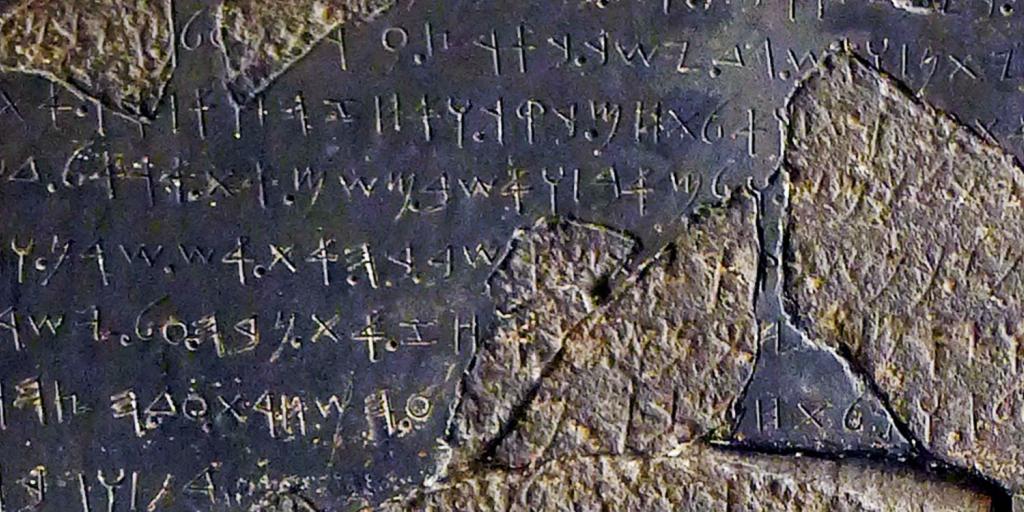
Historical Record Validates King David
For decades, those opposing the validity of the Bible have claimed that many key biblical characters were little more than fictional characters—including the Israelite King David. However, extrabiblical evidence continues to surface that demonstrates the very real existence of King David or “the House of David.” The Mesha Stele, or Moabite Stone, was discovered in fragments in 1868, about 15 miles east of the Dead Sea (Jerusalem Post, January 12, 2023). The stele now resides in the Louvre Museum in Paris. For decades some researchers have championed the opinion that the stele records the existence of the “House of David,” a position that has been challenged due to some worn and unclear letters in the engraving. In recent years, new technology was used to more definitively decipher the lettering on the stele, and the new research appears to provide incontrovertible proof that David’s house is, indeed, mentioned.
The stone stele tells the tale of a conflict between King Mesha of Moab and Israel, paralleling the account given in the third chapter of 2 Kings. References to YHVH, the name of God in the Old Testament, and to the “House of David” and the “altar of David” appear on the slab, but the references to David were disputed. With this far more accurate imaging technology, scientists are now sure that the stele contains references to King David, providing further evidence supporting the historical accuracy of the Bible.
The Bible claims to be inspired by God (2 Timothy 3:16). As time passes and scientific and archaeological discoveries continue to be made, more and more evidence surfaces supporting the biblical account. To learn more about the accuracy of the Bible, be sure to read or listen to The Bible: Fact or Fiction?



